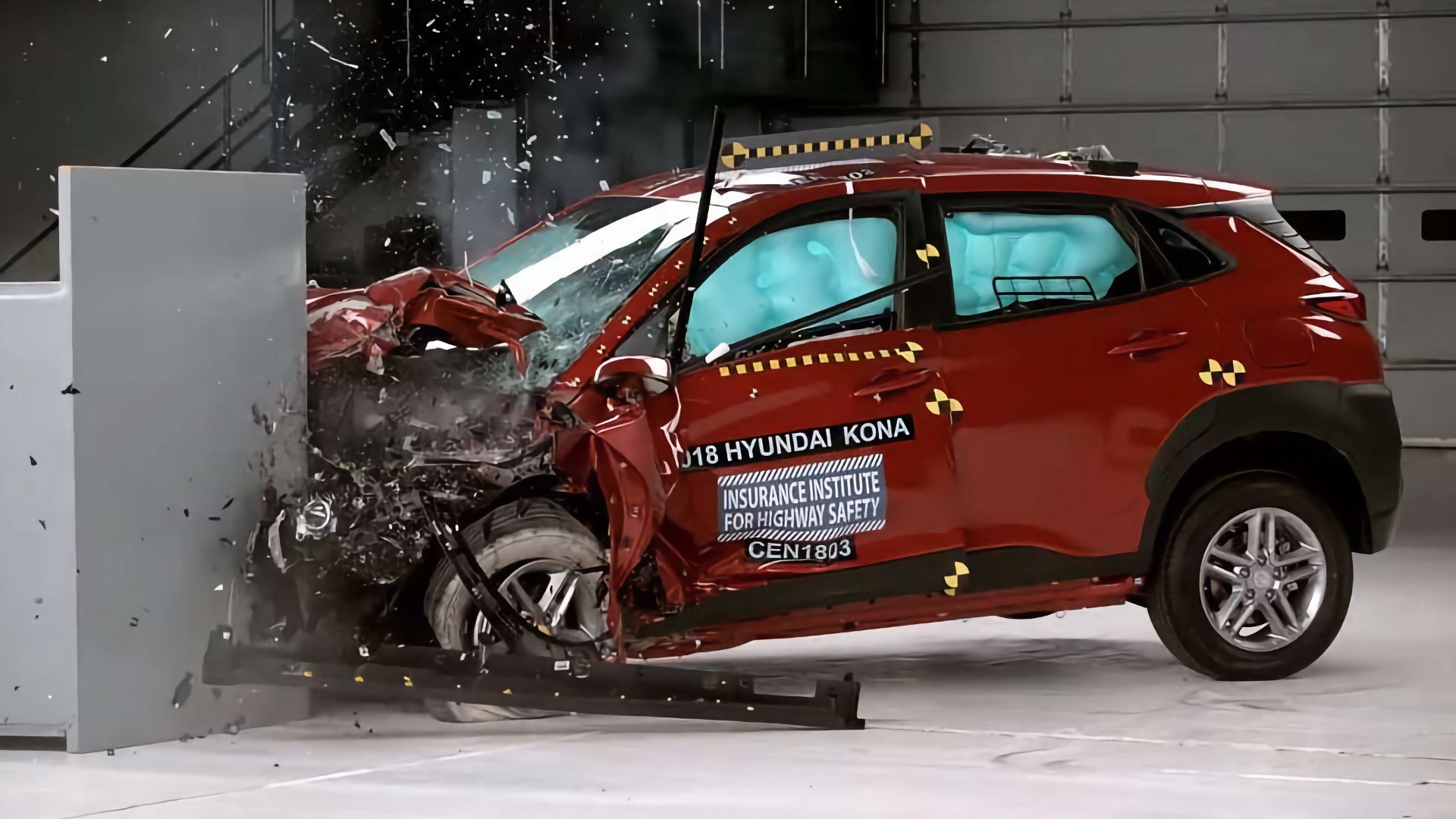Solera has released research showing that average electric vehicle (EV) repair costs are 29 per cent higher than their internal combustion engine (ICE) vehicle counterparts.
The study considered aggregate international analytics across 20 countries. Approximately 92,000 repair estimates were examined between January 2021 and August 2023, comparing findings of Hyundai Kona EV and ICE variants.
Other highlights of the study include:
- EV parts costs are 48 per cent higher, on average, per estimate. Parts included high-voltage battery, battery-control unit, cabling, battery box, and system battery charger.
- Representing 24 per cent of normalised total parts cost spend, EV battery ‘system’ repair costs are the highest part cost item (US$8.89 million) compared with headlights (US$2.88 million).
- Driver airbag ‘systems’ were replaced eight per cent more frequently on EVs.
- Rear bumper absorbers were replaced 1,390 per cent more frequently on EVs.
- Rear bumper reinforcements were replaced 14 per cent more frequently on EVs.
John Felahi, Head of Global Data Science, Analytics and Data Business at Solera, said the research findings offer a “first-ever look” at key elements shaping EV versus ICE repair costs, with a goal of helping the collision repair industry to better understand some of the trends and anomalies that can be optimised to enhance their business.
Matt Moore, Senior Vice President at the Highway Loss Data Institute (HLDI), said if there’s a bright spot to EV repairs, it’s the significantly lower collision and property damage liability claim frequencies compared with ICE vehicles.
“Collision and property damage claim severity for electric vehicles is higher than their conventional counterparts, but only the property damage increase is significant. Electric vehicles were also associated with lower claim frequencies under all applicable coverages,” said Moore, citing an April 2023 HLDI bulletin.
“The heavier weight of EVs may explain the higher frequency of airbag system repairs (eight per cent more). From a physics perspective, more vehicle weight translates to more energy in crashes, [and] more energy translates to more damage and likely a higher probability of airbag deployment.”

